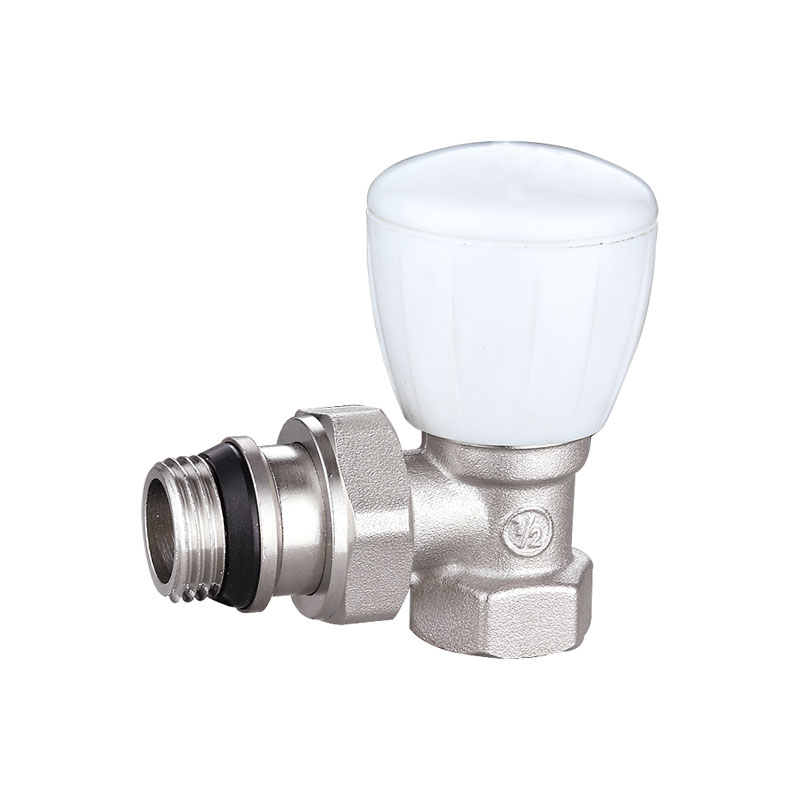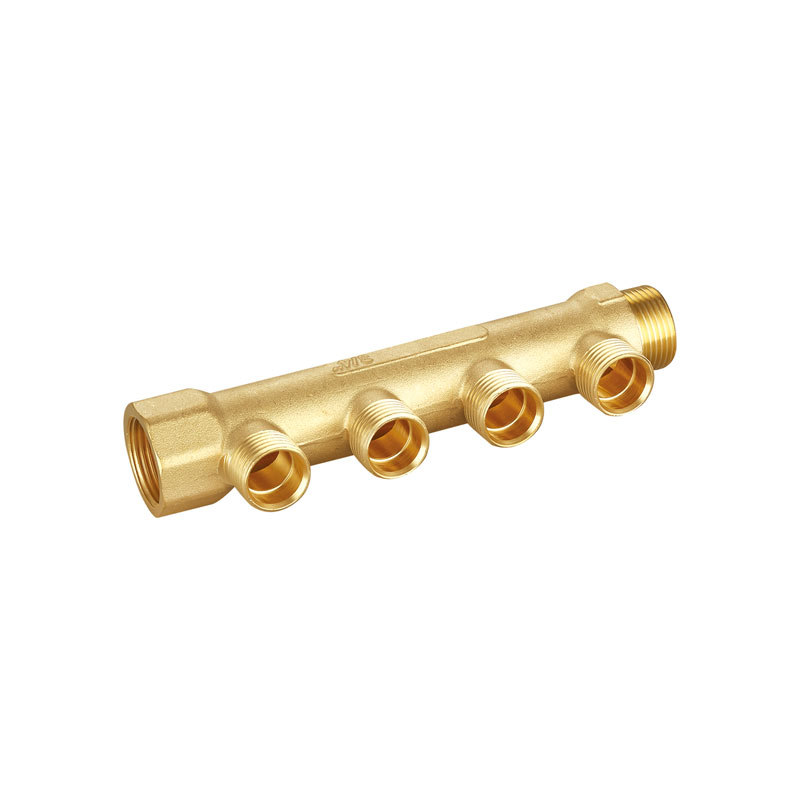In the process of using copper valves, there are certain requirements for its airtightness. Next, we will follow the Brass stop valve manufacturers to find out how the airtightness effect is.

The sealing performance of the valve refers to the ability of each sealing part of the valve to prevent the leakage of the medium, which is an important technical performance index of the valve. There are three sealing parts of the valve: the contact between the opening and closing parts and the two sealing surfaces of the valve seat; the matching place between the packing and the valve stem and the stuffing box; the connection between the valve body and the bonnet.
The leakage in the former part is called internal leakage, which is commonly referred to as lax closure, which will affect the ability of the valve to cut off the medium. For shut-off valves, internal leakage is not allowed.
The leakage in the latter two places is called external leakage, that is, the medium leaks from the inside of the valve to the outside of the valve. External leakage will cause material loss, pollute the environment, and even cause accidents in severe cases.
For flammable, explosive, toxic or radioactive media, leakage is not allowed, so copper valves must have reliable sealing performance.

 languages
languages

 English
English русский
русский












